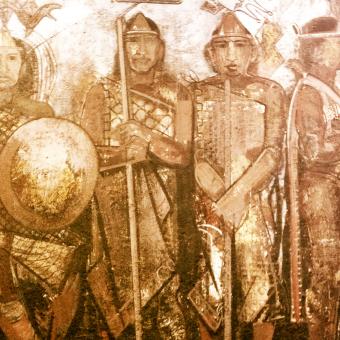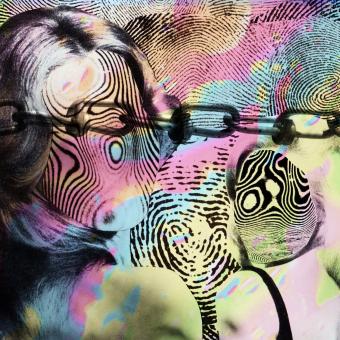
How could virtual reality be best used for public humanities? One immediate thought is that virtual reality would be an excellent tool for teaching history.

How could virtual reality be best used for public humanities? One immediate thought is that virtual reality would be an excellent tool for teaching history.

At the time of Pearl Harbor, during December 1941, around 700 Japanese Americans were enrolled at the University of California, and at least thirty were at Stanford University.[1] Within weeks, Japanese American faculty and students at the University of California, Berkeley, and nearby Stanford...



